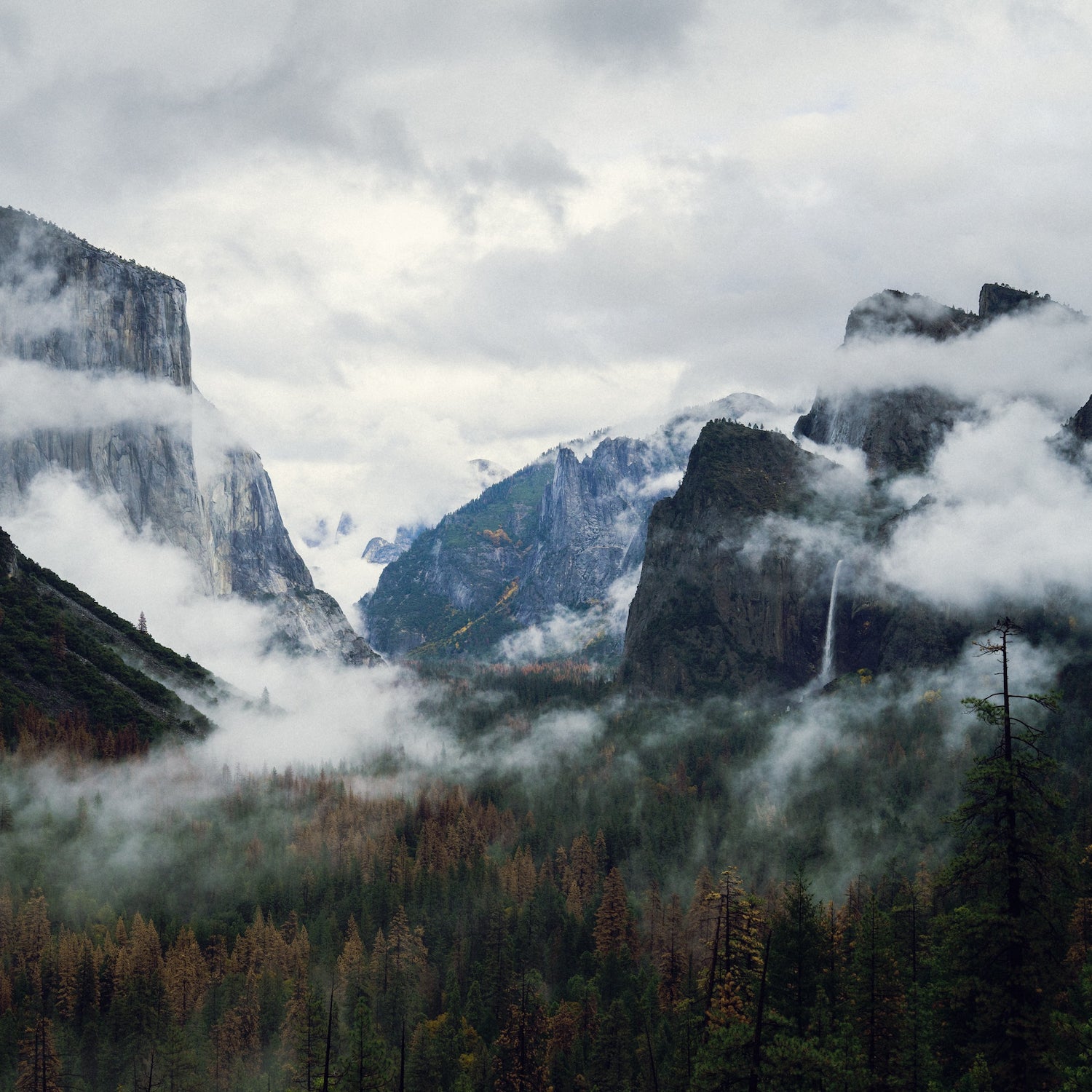Apart from their immense natural beauty, perhaps one of the most exhilarating things about the national parks is that they do not treat visitors with kid gloves. With the exception of some guidelines around permits, campsites, and Leave No Trace education, they let travelers explore and play at will, experiencing their wonders��largely free from guardrails and supervision. Of course, with this privilege comes a certain amount of danger. recently submitted a Freedom of Information Act request to the National Park Service to uncover which parks were the most deadly and what the most common causes of death were. It goes without saying that many of these parks��were also the most touristed, but the causes of death may seem surprising and warrant a second thought about how to tour safely.
1. Grand Canyon, Arizona
Death Count Since 2010: 134
With jaw-droppingly steep canyon walls that plunge for over a mile to the churning Colorado River below, it would be��easy to assume that falling is the number one cause of death in this storied national park. While falls did account for 27 deaths at��the Grand Canyon over the past decade, medical issues and natural deaths nearly doubled that figure, at 42, namely as a result��of the extreme summer heat that can fester��deep within the canyon, potentially��causing or exacerbating��health problems. The National Park Service warns that temperatures on the South Rim are typically than those found near the river at Phantom Ranch (which has experienced a record high of 120 degrees), meaning heat will increase��as visitors tramp down.
The ? Plan a visit during shoulder season (spring or late fall) to enjoy fewer crowds and cooler temperatures. Or consider in the . And��if you’re going to head��to the bottom of the canyon, get an early or predawn start to avoid a leg-busting uphill during the hottest part of the day.
2. Yosemite, California
Death Count Since 2010: 126
Famous for its sweeping granite domes and massive cliffs, falls have been��the top cause of death in Yosemite. Half Dome, Taft Point, and Nevada Falls have all seen casualties in the past few years, often��visitors��trying to capture that perfect, enviable selfie. The park’s tantalizing waterfalls and the strong spring current of the have also attributed to the high fatality numbers—17 people drowned.
��urges visitors to take extra caution when traversing Yosemite’s many cliffs, creeks, and cascades. Rather than getting caught off balance trying to snap a family photo alone, consider having a nearby hiker take one instead.��And avoid stream crossings when creeks are swollen with spring snowmelt.
3. Great Smoky Mountains, North Carolina and Tennessee
Death Count Since 2010: 92
As the most touristed national park in the country, with over 12 million visitors in 2020 (and over three times more travelers than the next park on the list), motor vehicle crashes cause the most deaths at Great Smoky, with 37 perishing in the last ten years alone. Due to its��, the possibility of overcrowding and collisions here are��only expected to increase��as the park’s popularity grows.
visiting outside the peak season (July 1 through August 15) to beat the crowds when it comes to , or, in summer, travel before 10 A.M. or after 5 P.M. Looking for a to the area’s busiest��roads? Foothills Parkway and Rich Mountain Road make for great options.
4. Sequoia and��Kings Canyon, California
Death Count Since 2010: 75
Mount Whitney, the highest peak in the lower 48 at 14,494 feet, straddles the boundary of east Sequoia National Park and Inyo National Forest, so it’s not surprising that��falls and mountaineering deaths are the leading causes of fatality in these neighboring��parks. Hikers often overlook the fact that snow and ice sometimes linger well into June in the parks’��high-altitude areas, making otherwise moderate treks like more perilous.
advises visitors to always (not just the weather) before heading out in spring or late fall. Toss a pair of traction devices��into your pack, and��if all else fails, have a plan B in mind, such as an exploration of��the lower-elevation of the parks. The Park Service��also urges hikers to exercise extreme caution when ��during the spring and early summer months.
5. Yellowstone, Wyoming, Montana, and��Idaho
Death Count Since 2010: 52
Yet another national park that’s popular with the auto-touring crowd, Yellowstone saw motor-vehicle crashes, medical issues, and natural death tied for the most fatalities, with��12 occurances each��since 2010. As the (3.8 million ventured there��in 2020), and one of the largest in the system, it can be easy to lose focus while trying to spot wildlife from one of the park’s congested��scenic byways. ��to��expect��traffic and long drive times, and recommends that they��drive��cautiously and use��pullouts to stop and photograph critters—rather than the middle of the road.
Geothermal attractions, , Hank Heasler, are also among “the most dangerous natural features in Yellowstone,” and he feels that the public isn’t often aware of their inherent risks. Though most escape with serious injuries and burns, have died in these hot spots. When hiking in the park’s numerous��, follow the posted warning signs, don’t touch the thermal features, and stay on the raised��wooden boardwalks at all times.


